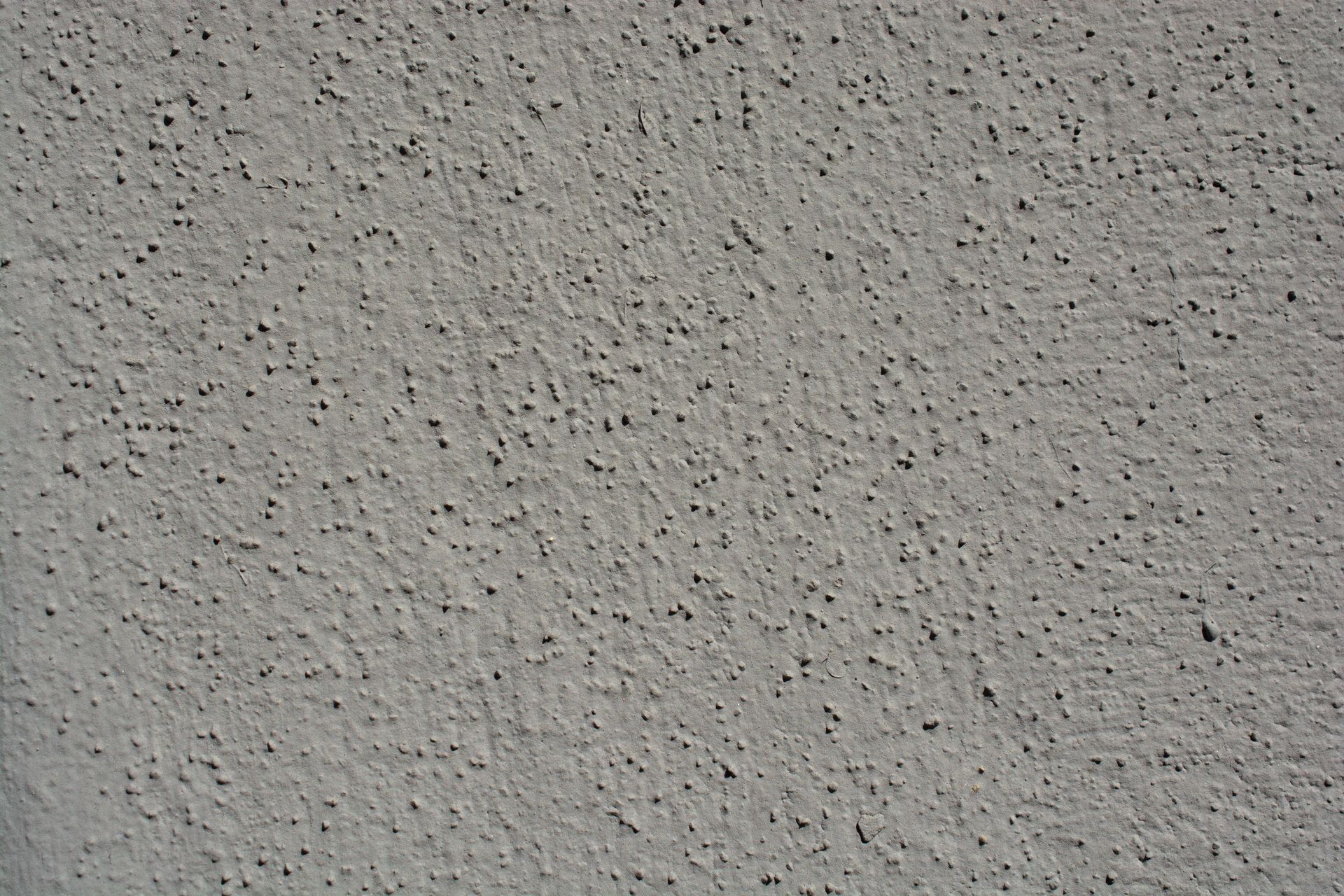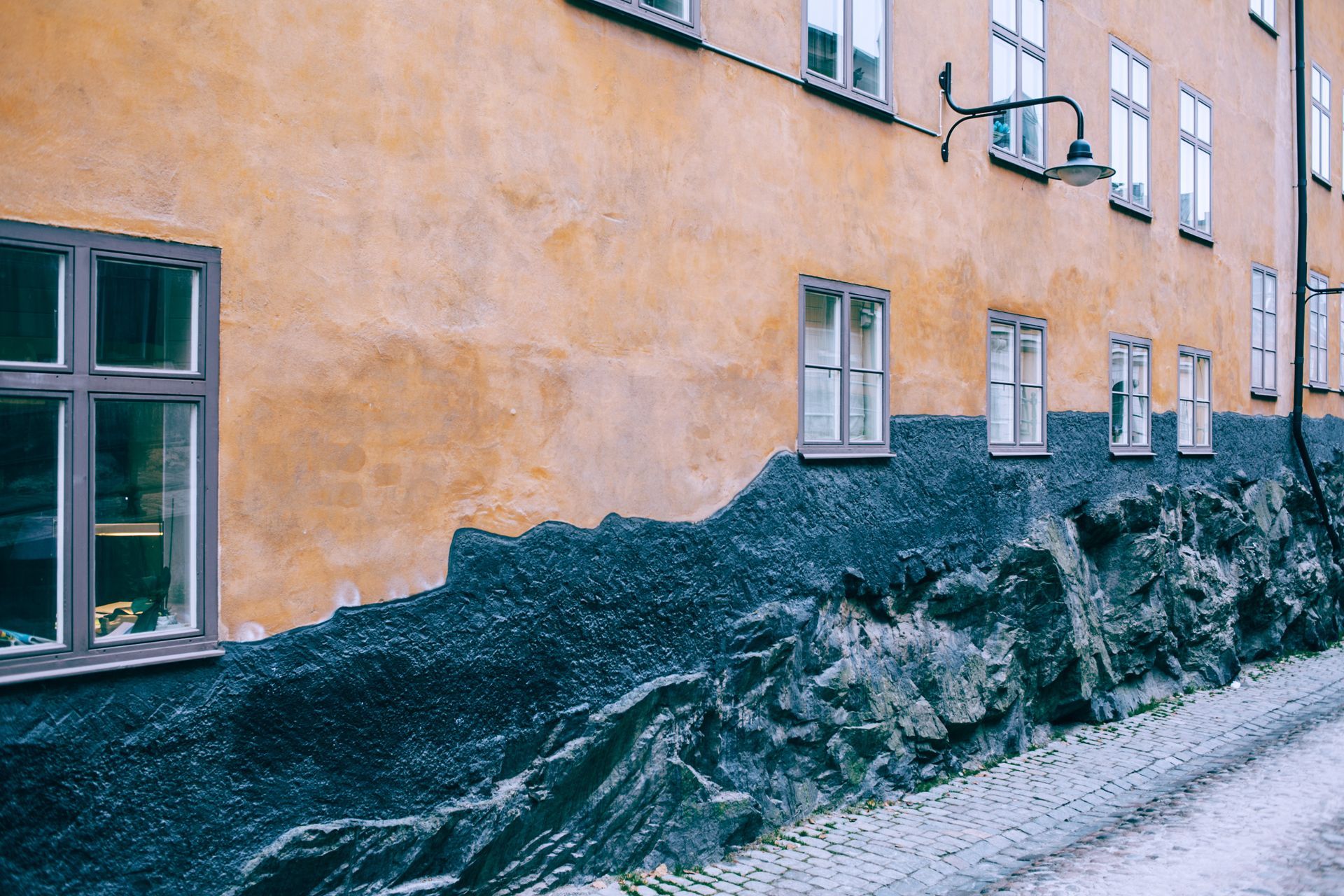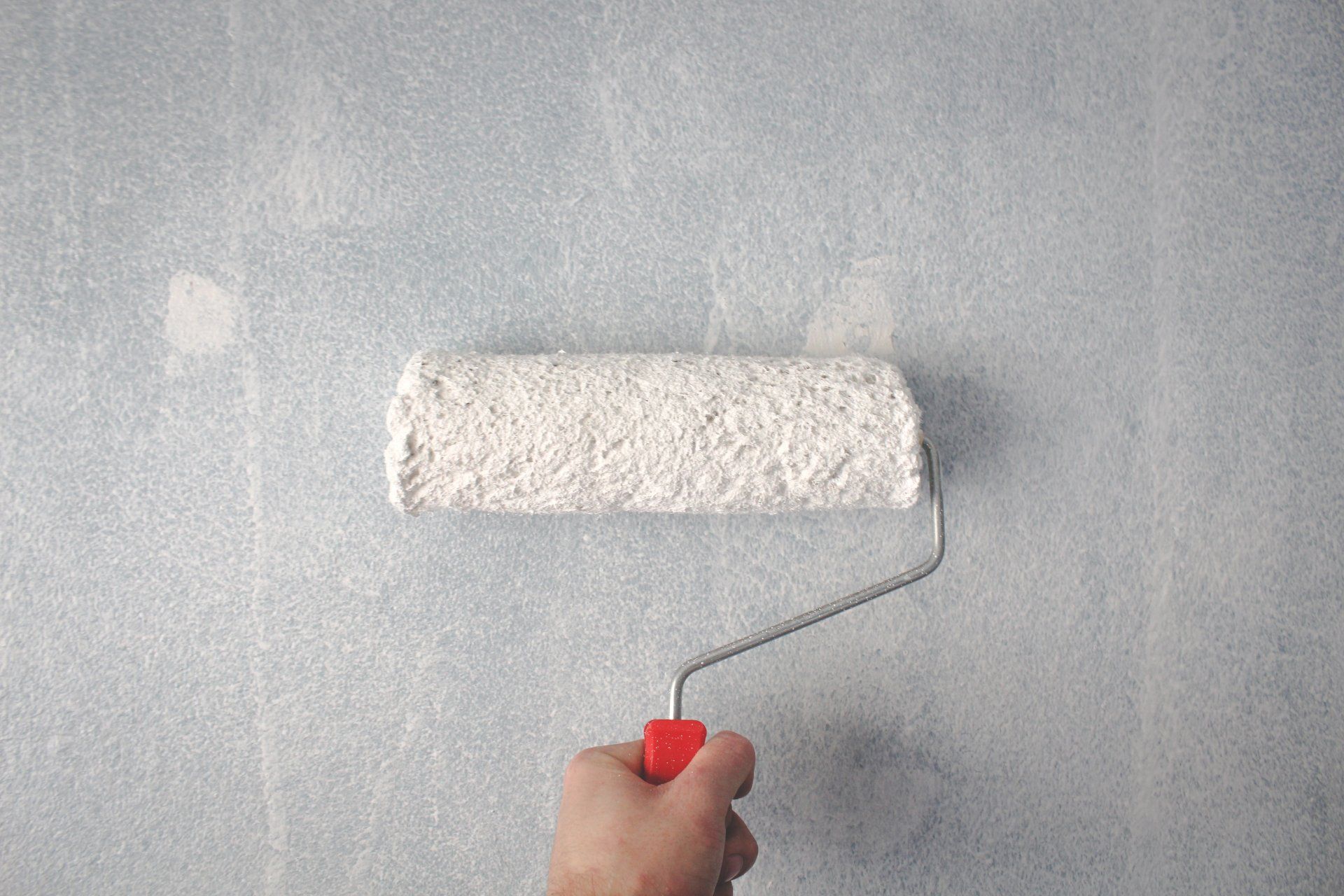Painting Stucco
Painting Stucco
The longest-lasting and cost-effective method to alter the color of stucco is to use paint. If you pay attention to the specifics, from the surface preparation all the way to applying high-end final paints, the new appearance and color that your stucco exterior gets could be practically maintenance-free for a long time.
The best quality and craftsmanship are always found in the finer details. This begins by preparing the surface properly and any necessary repairs. After that, you can begin selecting the right primer and painting.
Preparation
All surfaces made of masonry must be completely cured prior to any paint being allowed to take place. The new exterior stucco needs to wait for at least 60 days.
Before beginning any work, examine the whole surface. Be aware of peeling paint, rust staining, efflorescence deposits, and any other areas that need to be repaired. The peeling of paint, along with the efflorescence deposits and stains, could suggest water damage. The affected areas require more inspection following pressure washing.
The efflorescence deposits are formed by the movement of water across the stucco. The water absorbs alkaline salts and deposits either on top of or in the shadow of the layer of paint. A scrub brush or mortar cleaner may be required to remove heavy deposits.
Pressure Washing Stucco
The process begins with a thorough wash to get rid of all dust and dirt. Pressure washing is an extremely risky process. Stucco is a fairly soft masonry coating that can become easily damaged when exposed to high-pressure water. Make sure to use a low-pressure 1200-1500 PSI and a broad spray tip.
The soaps and cleaners should be suitable for affected areas, such as efflorescence deposits, rust, and stain. In general, the use of cleaners is not needed.
Begin by washing the wall starting at the uppermost point and moving down. Make sure the spray tip is 12 inches or more from the wall. Particular attention should be paid to doors and windows. The pressure water should be angled off of the areas in order to avoid leaks or water intrusion into the stucco.
The pressure washer can remove any paint that has fallen off; however, it may also be able to remove some stucco when the pressure is excessive, or the edge is closed. Make use of the washer to create an even surface. Don't count on it to take away all paint that has fallen off.
Allow the stucco to completely dry prior to proceeding with the caulking and priming. It can take as long as up to 24 hours or longer, subject to humidity and temperatures.
Caulk and Sealants
Sealing any gaps and cracks is crucial and can dramatically impact how the paint finish lasts. The water must be prevented from getting under the finish of the paint. The most effective and efficient sealing agent is elastic. With its excellent adhesion and lengthening features, this sealant is guaranteed to last for a long period of duration. Apply the caulk as soon as the stucco has been primed to give the best performance.
Secure any openings or penetrations. This includes doors, windows and trims made of wood. Other areas include dryer vents, plumbing connections and along the wall to the soffit.
Stucco Repairs
Most repairs that are needed are huge fractures and damaged edges and tiny areas of stucco that are missing.
Cracks that are not structural are always present on the masonry surface. They could be random or appear in large numbers. The cracks may range from a thin hairline to 1/8 inch in width. Caulk can be very effective on small cracks with a tight seal, but it is not effective on large cracks that are prone to movement. An alternative is to apply a brush-grade elastomeric sealant. The thick sealant can be purchased either with texture or without, which helps it blend in with the surface. Apply two coats and let each coat dry completely.
Damaged areas - Any loose stucco needs to be removed and fixed. An experienced contractor who can replicate the texture of the current one must be able to repair large areas. The smaller areas could be patched by using special patching substances. The fundamental steps are simple. Start by removing any pieces of material that are loose.
After that, rinse the area using water with a wire brush to get rid of the remaining powder and grit. The patching compound may be applied once the area has dried. The most effective patching materials are one that is mixed with water. The first application will smooth out the surface and even it out to the existing finish. The second step is to give the needed texture that matches the stucco. It is very difficult. Most likely, the patched region might be slightly different.
Request a quote
You might also like


